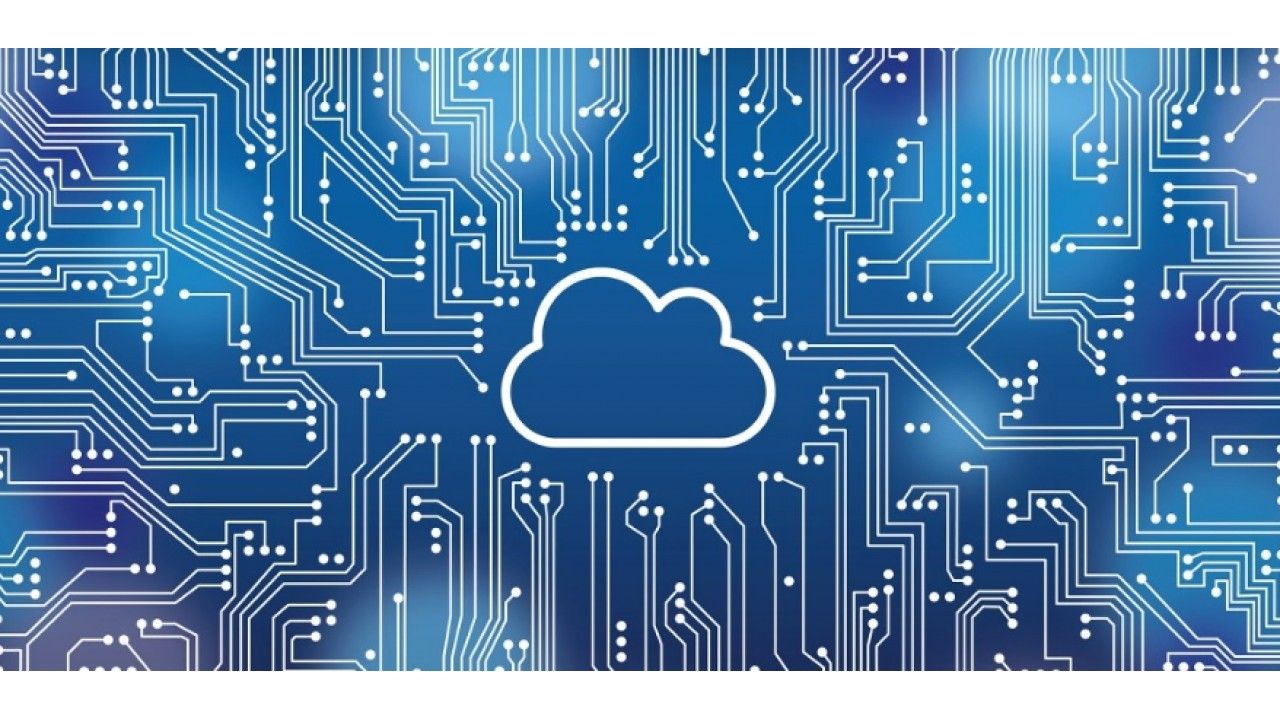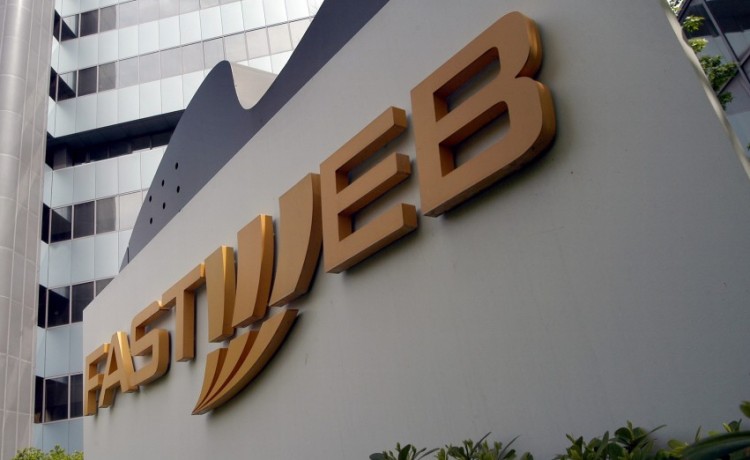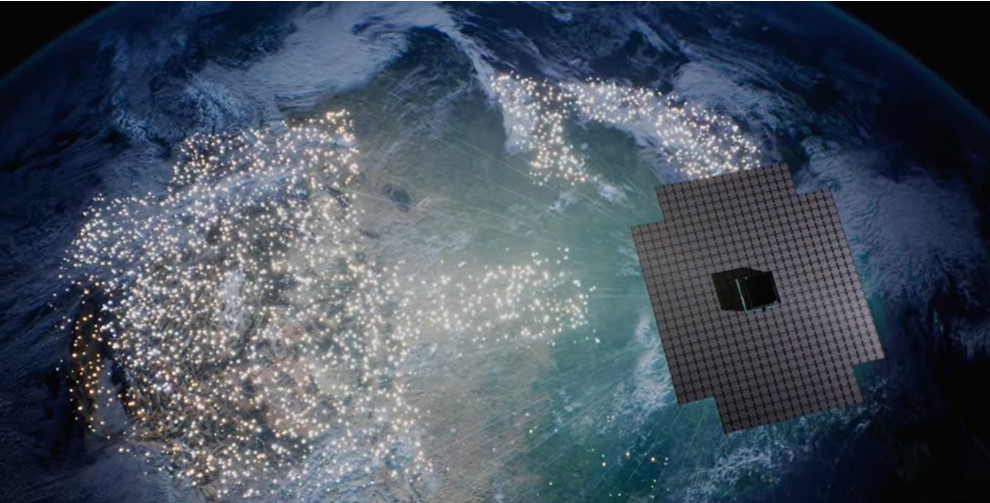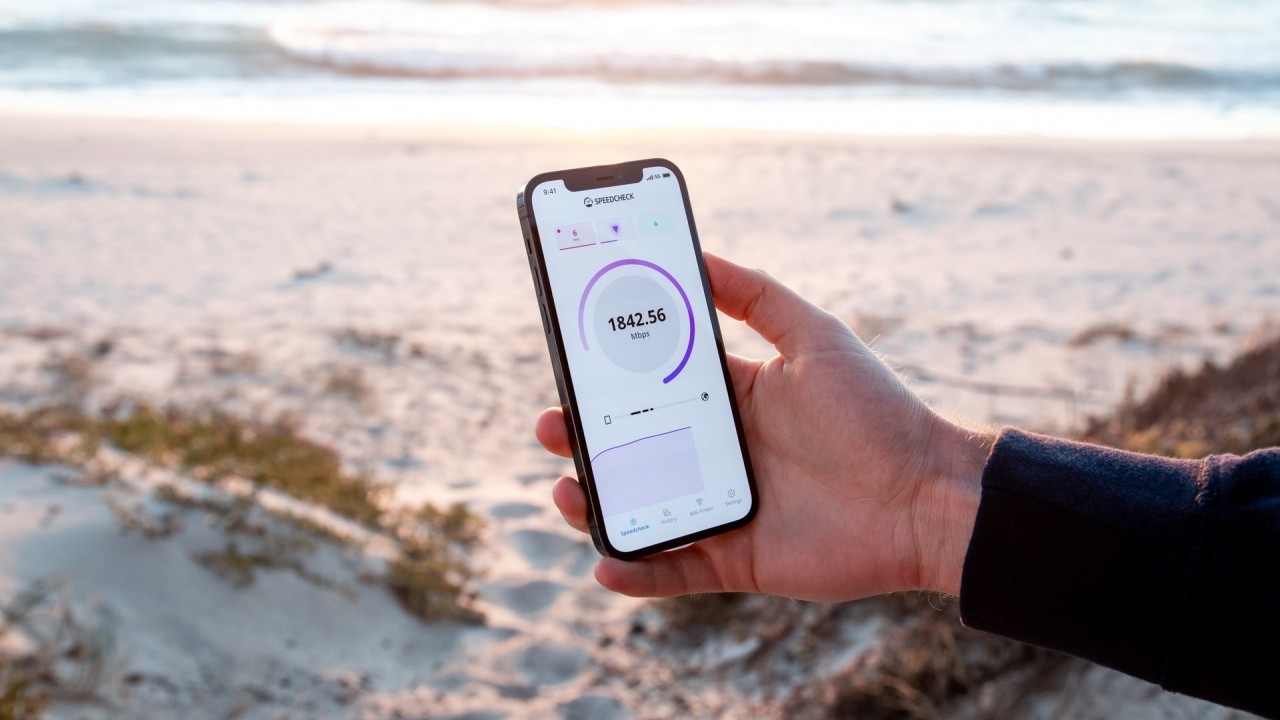In-Memory Computing, DRAM vs. SSD
Costi più elevati ma velocità di gran lunga superiore ai database tradizionali grazie al fatto di utilizzare memoria e non tecnologia a stato solido
La tecnologia In-Memory utilizzata in database di nuova generazione (IMBD) - tra questi Sap Hana, così come altre soluzioni proposte da Microsoft, Ibm e Oracle - rappresentano una delle più interessanti evoluzioni avvenute negli ultimi anni. In buona sostanza l’architettura In-Memory è una logica di high performance computing e distributed computing estesa al mondo DB che garantisce il supporto necessario per rispondere a requisiti di processi Big Data.

Semplificando, l’In-Memory Technology assicura una velocità nel processo di gestione dei dati di gran lunga superiore ai database tradizionali grazie al fatto di utilizzare dati in memoria al contrario della logica disk storage sinora utilizzata. In sostanza significa DRAM vs. SSD. E’ un approccio più costoso, ma la differenza in termini di efficienza è sensibile. Occorre però tenere presente che la tendenza è verso una riduzione dei costi della RAM. E’ quanto per esempio afferma Nikita Ivanov di GridGain: “….. with 1GB of DRAM costing less than 10 USD and DRAM prices dropping 30% every 18 months – the era of disks (flash or spinning) is clearly coming to its logical end. It’s normal… it’s a progress and we all need to learn how to adapt". Attualmente l’infrastruttura DRAM rispetto a un’infrastruttura SSD è di circa 2, 3 volte maggiore, ma la differenza di prezzo, secondo alcuni, viene ripagata dalla maggiore efficienza…. "A typical Dell/HP/IBM/Cisco blade with 256GB of DRAM will cost below $20K if you just buy on the list prices (Cisco seems to offer the best prices starting at around $15K for 256GB blades). That brings the total cost of 2TB cluster well below $200K (with all network and power equipment included and 100s TBs of disk storage). Is this more expensive that SSD only cluster? Yes, by 2.5-3x times more expensive. But you are getting dramatic performance increase with the right software that more than justifies that price increase". Spesso, comunque, l’architettura di un IMDB è basata su una logica ibrida che utilizza RAM come fonte di accesso primario e memoria di massa come accesso secondario. La differenza tra i due approcci è ben descritta nel paragrafo estratto dalla documentazione di GridGain, una start-up americana che Gartner considera tra le più promettenti nell’ambito dell’In-Memory Computing.
“In-Memory Databases (IMDB) are characterized by the fact that they store their data in-memory as opposed to traditional Database Management Systems that utilize disk as their primary storage mechanism. By utilizing system memory rather than spinning disk, IMDBs are typically orders of magnitude faster than traditional DBMS systems. Keeping data in memory is not the only reason why IMDBs generally perform faster than disk-based databases. The main reason for performance difference is in the actual architecture. IMDBs are specifically designed with memory-first-disk-second architecture where memory is utilized as a primary storage and disk is secondary storage. Since memory is a much more limited resource than disk, IMDBs are built from ground up with a notion of horizontal scale and ability to add nodes on demand in real-time. IMDBs are designed to linearly scale to hundreds of nodes with strong semantics for data locality and affinity data routing to reduce redundant data noise. Disk based databases, on the other hand, are designed with disk-first-memory-second architecture and are primarily optimized for disk-based accessed. Since disk capacity is virtually unlimited when compared to memory, most disk-based systems can often hold the whole or most of the data set and are rarely designed to horizontally scale simply because there is no need for it from data storage standpoint. Such architecture makes disk based systems much less suited for parallel processing and often results in database overloading and thrashing.”
Massimo Pezzini, VP Gartner, è dell’idea che nel giro didue, tre anni la tecnologia In-Memory diventerà un elemento chiave di qualsiasi strategia organizzativa focalizzata nel miglioramento dell’efficienza e delle perforamcne di business. L’In-Memory, afferma Pezzini, produrrà cambiamenti significativi e introdurrà discontinuità tecnologica nello stesso modo in cui avvenuto con il web e il cloud.

Semplificando, l’In-Memory Technology assicura una velocità nel processo di gestione dei dati di gran lunga superiore ai database tradizionali grazie al fatto di utilizzare dati in memoria al contrario della logica disk storage sinora utilizzata. In sostanza significa DRAM vs. SSD. E’ un approccio più costoso, ma la differenza in termini di efficienza è sensibile. Occorre però tenere presente che la tendenza è verso una riduzione dei costi della RAM. E’ quanto per esempio afferma Nikita Ivanov di GridGain: “….. with 1GB of DRAM costing less than 10 USD and DRAM prices dropping 30% every 18 months – the era of disks (flash or spinning) is clearly coming to its logical end. It’s normal… it’s a progress and we all need to learn how to adapt". Attualmente l’infrastruttura DRAM rispetto a un’infrastruttura SSD è di circa 2, 3 volte maggiore, ma la differenza di prezzo, secondo alcuni, viene ripagata dalla maggiore efficienza…. "A typical Dell/HP/IBM/Cisco blade with 256GB of DRAM will cost below $20K if you just buy on the list prices (Cisco seems to offer the best prices starting at around $15K for 256GB blades). That brings the total cost of 2TB cluster well below $200K (with all network and power equipment included and 100s TBs of disk storage). Is this more expensive that SSD only cluster? Yes, by 2.5-3x times more expensive. But you are getting dramatic performance increase with the right software that more than justifies that price increase". Spesso, comunque, l’architettura di un IMDB è basata su una logica ibrida che utilizza RAM come fonte di accesso primario e memoria di massa come accesso secondario. La differenza tra i due approcci è ben descritta nel paragrafo estratto dalla documentazione di GridGain, una start-up americana che Gartner considera tra le più promettenti nell’ambito dell’In-Memory Computing.
“In-Memory Databases (IMDB) are characterized by the fact that they store their data in-memory as opposed to traditional Database Management Systems that utilize disk as their primary storage mechanism. By utilizing system memory rather than spinning disk, IMDBs are typically orders of magnitude faster than traditional DBMS systems. Keeping data in memory is not the only reason why IMDBs generally perform faster than disk-based databases. The main reason for performance difference is in the actual architecture. IMDBs are specifically designed with memory-first-disk-second architecture where memory is utilized as a primary storage and disk is secondary storage. Since memory is a much more limited resource than disk, IMDBs are built from ground up with a notion of horizontal scale and ability to add nodes on demand in real-time. IMDBs are designed to linearly scale to hundreds of nodes with strong semantics for data locality and affinity data routing to reduce redundant data noise. Disk based databases, on the other hand, are designed with disk-first-memory-second architecture and are primarily optimized for disk-based accessed. Since disk capacity is virtually unlimited when compared to memory, most disk-based systems can often hold the whole or most of the data set and are rarely designed to horizontally scale simply because there is no need for it from data storage standpoint. Such architecture makes disk based systems much less suited for parallel processing and often results in database overloading and thrashing.”
Massimo Pezzini, VP Gartner, è dell’idea che nel giro didue, tre anni la tecnologia In-Memory diventerà un elemento chiave di qualsiasi strategia organizzativa focalizzata nel miglioramento dell’efficienza e delle perforamcne di business. L’In-Memory, afferma Pezzini, produrrà cambiamenti significativi e introdurrà discontinuità tecnologica nello stesso modo in cui avvenuto con il web e il cloud.
 Rimani sempre aggiornato, seguici su Google News!
Seguici
Rimani sempre aggiornato, seguici su Google News!
Seguici
Abbonati alla rivista ImpresaCity Magazine e ricevi la tua copia.
Notizie correlate
Speciali Tutti gli speciali
Calendario Tutto
Dic 16
Go For Gold – Successo. Profitti. Crescita.
 PM
PM 









